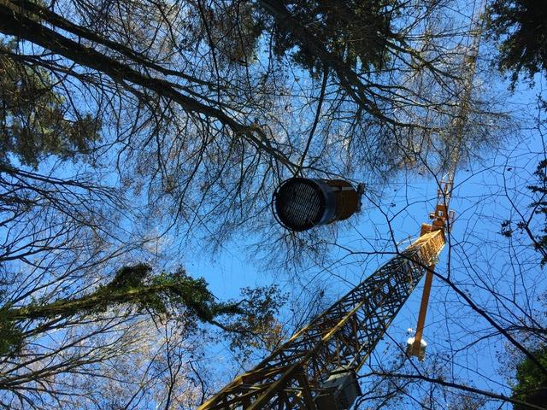New paper on the stomatal regulation in trees prioritizing stem rehydration at night

Richard L. Peters led the work as part of the TREEFLOW project, in close collaboration with Ansgar Kahmen and Kathy Steppe, which was recently published in New Phytologist. The study explores why different tree species show different stomatal sensitivities to enhanced atmospheric and soil drought. Species-specific thresholds that control the reduction of water through the stomata, due to stomatal closure, have commonly been proposed to optimize the avoidance of fatal embolisms within the woody tissue. However, the link between this stomatal regulation and the general ability of other tree stem tissues to rehydrate remains unclear. The authors thus investigated a wide range of ecophysiological measurements collected from six common European species growing at the Swiss Canopy Crane site near Hofstetten, Switzerland. The authors discovered that, in contrast to common assumptions, the regulation of the so-called canopy conductance (a measure indicating stomatal closure) was not well explained by the vulnerability of the woody tissue to embolisms. Rather, species showing sensitive stomatal control (i.e., rapid stomatal closure with enhanced drought) demonstrated issues with rehydrating their bark tissue with water, which is needed to support turgor-driven growth processes. This slow rehydration is likely related to both the wood anatomical structure of the stem and the rooting depth of the tree. These findings highlight the importance of stem rehydration for water-use regulation in mature trees, which likely relates to the maintenance of adequate stem turgor. This study will help to guide improved efforts in modeling water relations within trees to accommodate the newly appreciated view that trees do not only close their stomata to avoid damage to the wood tissue, but also to relax the living tissue and sustain growth.
Link to publication:
https://doi.org/10.1111/nph.18964
Quick Links
